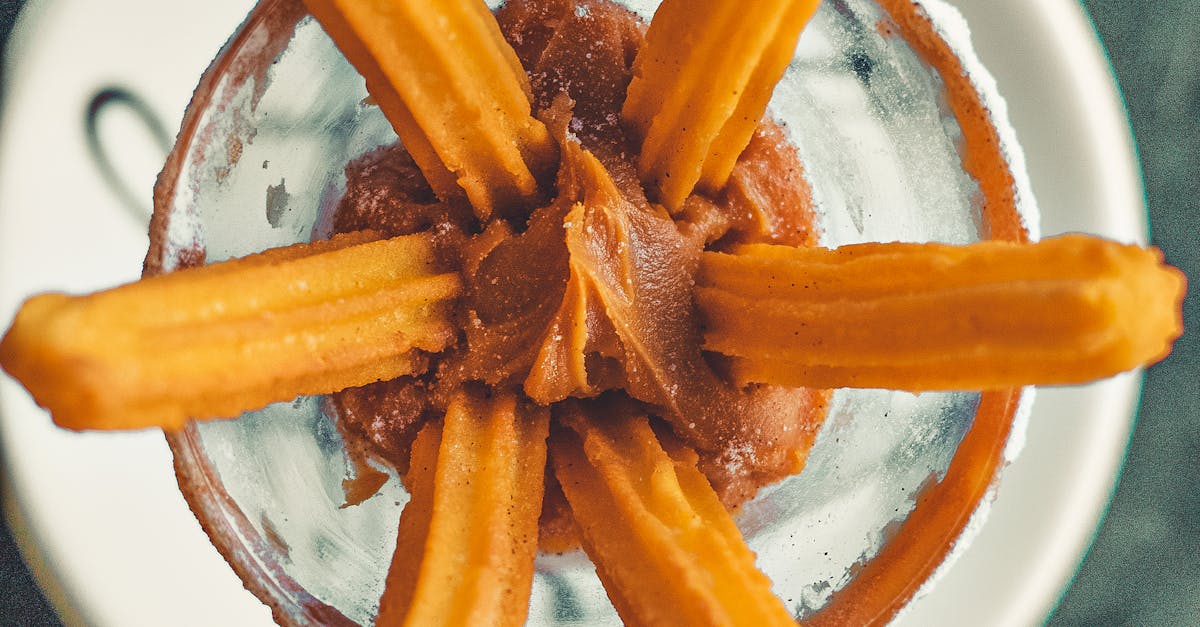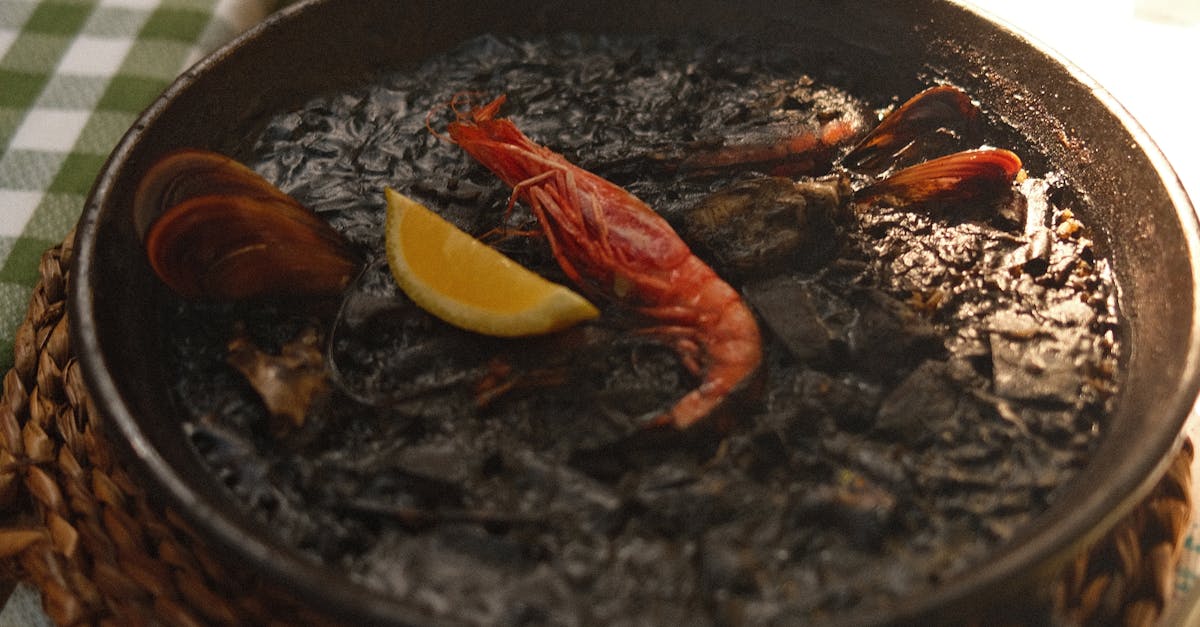Traditional Mexican and Spanish Ingredients
October 24, 2024

What's more, when it comes to exploring the rich and vibrant culinary traditions of Mexico and Spain, one cannot overlook the key role that traditional ingredients play in creating the unique and flavorful dishes that have captivated food enthusiasts around the world. From the spicy chilies and aromatic herbs of Mexico to the savory saffron and smoky paprika of Spain, these ingredients are not only essential components of the cuisines but also reflect the rich history and diversity of these regions.
In the first place, Mexican cuisine is known for its bold and vibrant flavors, which are a result of the diverse range of ingredients used in its dishes. Staples such as corn, beans, tomatoes, and avocados form the foundation of many traditional Mexican recipes, while ingredients like epazote, cactus, and huitlacoche add unique and complex flavors to the dishes. Not to mention, the variety of chilies used, from the mild poblano to the fiery habanero, showcase the depth of flavors that Mexican cuisine has to offer.
Similarly, Spanish cuisine is celebrated for its use of fresh and high-quality ingredients, with a particular emphasis on simplicity and purity of flavors. Olive oil, garlic, and onions are commonly used to create the base flavors of many Spanish dishes, while ingredients like saffron, paprika, and piquillo peppers add depth and complexity to the recipes. Additionally, the abundance of fresh seafood and meats in Spain contributes to the rich and varied tapestry of Spanish cuisine.
In conclusion, the traditional ingredients of Mexico and Spain form the backbone of their respective culinary traditions, offering a glimpse into the history, culture, and flavors of these vibrant regions. Let's now delve deeper into the fascinating world of these ingredients and the delicious dishes they help create.
To further elaborate, the use of traditional ingredients in Mexican and Spanish cuisines is not only about flavor but also about cultural significance. These ingredients have been passed down through generations, each carrying a story and a memory that adds a layer of depth to the culinary experience. The careful selection and preparation of these ingredients reflect the respect and love for food ingrained in the cultures.
Equally important, the techniques used to handle these ingredients are paramount in achieving the authentic flavors that define Mexican and Spanish dishes. From the meticulous grinding of spices to the slow simmering of sauces, each step in the cooking process is carefully thought out to ensure the perfect balance of flavors and textures. This attention to detail is what sets the traditional cuisines of Mexico and Spain apart from others.
On the other hand, the connection between these ingredients and the land they come from is profound. Mexican dishes pay homage to the fertile soil that produces corn and the abundant sunshine that ripens the chilies. Spanish cuisine showcases the flavors of the Mediterranean with ingredients like olives and citrus fruits that thrive in the region's climate. Understanding the origin of these ingredients allows us to appreciate the harmony between nature and food in a way that transcends mere sustenance.
In reality, traditional Mexican and Spanish ingredients are not just elements in a recipe; they are the heart and soul of two of the world's most beloved culinary traditions. Exploring the markets, farms, and kitchens where these ingredients are found is a journey that reveals the true essence of these vibrant cultures.

Exploring the Rich Culinary Heritage of Mexico and Spain
For instance, the art of making moles in Mexico and paellas in Spain showcases the intricate relationship between traditional ingredients and culinary expertise. The elaborate process of toasting, grinding, and simmering various spices, herbs, and chilies for a mole poblano, or the careful layering of saffron-infused rice with fresh seafood in a paella, highlights the skill and dedication required to master these iconic dishes.
Alongside this deep connection to ingredients and techniques, both Mexican and Spanish cuisines also emphasize the importance of communal dining. Family gatherings, festivals, and social celebrations often revolve around sharing traditional dishes, fostering a sense of unity and togetherness. The act of passing down recipes and culinary knowledge from one generation to the next is a cherished tradition that binds families and communities together.
Moreover, the evolution of these culinary traditions over time has been influenced by various historical, cultural, and geographical factors. The blending of indigenous ingredients with European cooking techniques in Mexico, and the Moorish, Jewish, and Romani influences on Spanish cuisine, have resulted in a culinary landscape that is as diverse as it is delicious. It is fascinating to trace the origins of certain ingredients and dishes, witnessing how they have transformed and adapted to different influences throughout history.
Certainly, the vibrant tapestry of flavors, colors, and aromas that define Mexican and Spanish cuisines is a testament to the enduring legacy of traditional ingredients. As food lovers continue to explore the depths of these rich culinary heritages, they uncover not just delicious meals but stories of centuries-old traditions, cultural exchanges, and a deep-rooted passion for cooking. So, the next time you savor a spicy mole or a flavorful paella, remember the journey of the ingredients that have come together to create a culinary masterpiece that transcends borders and time.
Considering the rich culinary heritage of Mexico and Spain, it becomes evident that traditional ingredients are the essence of these vibrant gastronomic traditions. Transitioning from the historical roots deep within the soil to the communal dining experiences shared across generations, the journey of these ingredients embodies a profound cultural significance. The intricate techniques employed in handling these elements reflect the meticulous artistry and dedication engrained in Mexican and Spanish cuisines.
In essence, delving into the world of traditional Mexican and Spanish ingredients evokes a deep appreciation for the harmonious relationship between nature, culture, and food. Each spice, each herb, and each flavorful component narrates a tale of tradition, resilience, and culinary mastery that has stood the test of time. As food enthusiasts continue to explore the diverse flavors and techniques that define these culinary landscapes, they not only indulge in delicious meals but also embark on an enriching journey through centuries-old traditions.
Ultimately, the fusion of indigenous ingredients with diverse cultural influences in Mexico and Spain has given rise to culinary marvels that transcend borders and culinary trends. From the robust flavors of Mexican moles to the aromatic richness of Spanish paellas, these traditional dishes serve as a testament to the enduring legacy of traditional ingredients in shaping global gastronomy. So, whether you find yourself savoring a spicy mole or a fragrant paella, remember that each bite encapsulates a story of resilience, heritage, and a deep-rooted passion for the art of cooking.

Title
I'm a paragraph. Click here to add your own text and edit me. It's easy.

Title
I'm a paragraph. Click here to add your own text and edit me. It's easy.

Title
I'm a paragraph. Click here to add your own text and edit me. It's easy.